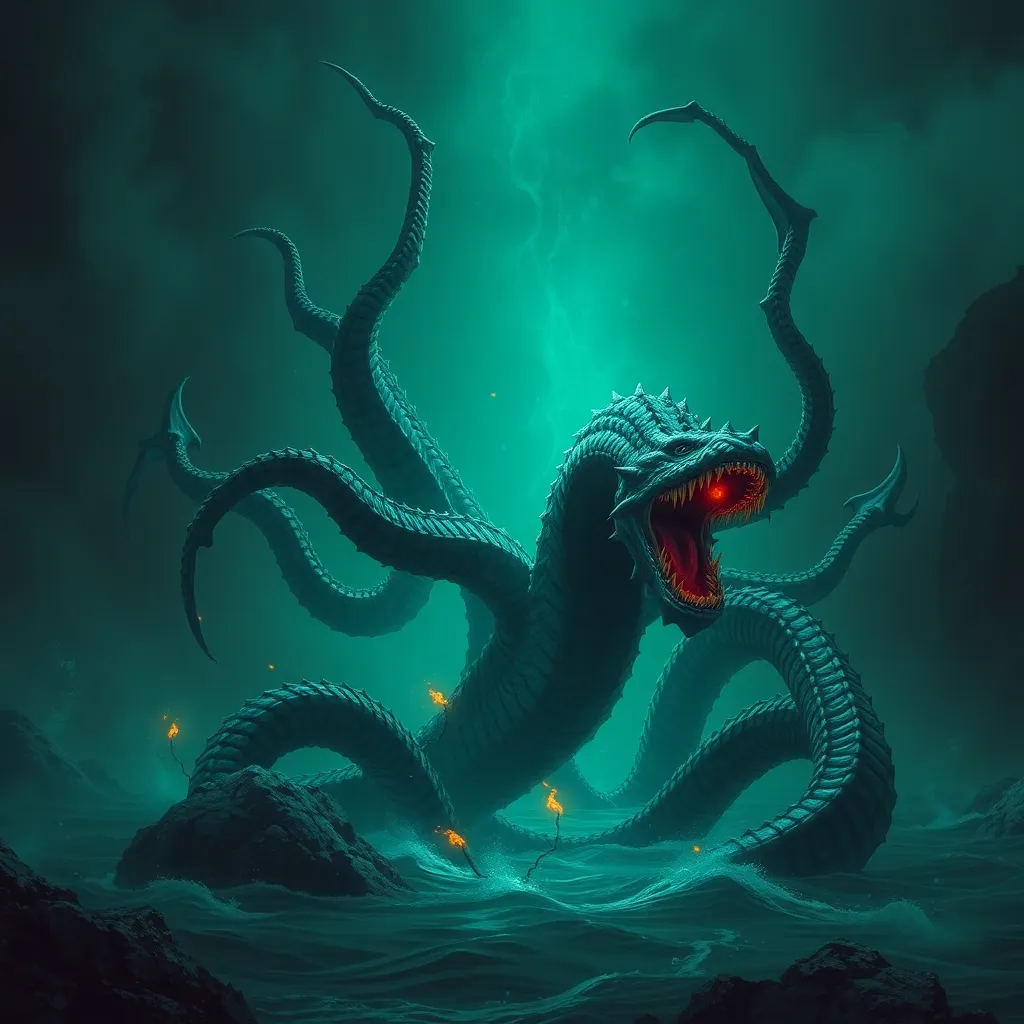1. Introduction
South America is a continent of diverse landscapes and cultures, each teeming with its own rich mythology. The sky holds particular significance in the beliefs of many indigenous South American cultures, as it is seen as a realm of deities, celestial beings, and extraordinary creatures. This article will explore some of the most prominent mythological creatures of the sky in South American cultures, delving into their descriptions, mythological roles, and cultural implications.
2. Condor
The Andean Condor, a massive and majestic bird of prey, is considered sacred in several Andean cultures, including the Inca civilization. In mythology, the Condor often serves as a messenger between the celestial and earthly realms, carrying prayers and offerings from human beings to the sky gods. It represents strength, wisdom, and a deep connection to the spiritual world. The Condor's ability to soar effortlessly above towering mountain ranges has earned it reverence as a symbol of the heights one can reach when striving for enlightenment and a closer relationship with the divine.
3. Amaru (Serpent)
The Amaru, also known as the Rainbow Serpent, is a mythical creature prevalent in many cultures across South America. Depicted as a giant snake adorned with iridescent scales of vibrant colors, it symbolizes creation, fertility, and the life-giving power of water. The Amaru is associated with rivers, lakes, and waterfalls, and is said to possess supernatural abilities, such as controlling the weather and shaping the landscape according to its will. It serves as a guardian spirit, protector of water sources, and a force of equilibrium, bringing balance to the cycles of life and death and the cyclical nature of time.
4. Huayna Capac (Eagle)
The Huayna Capac, revered in Inca mythology, holds immense mythological significance. Depicted as a majestic eagle of extraordinary power and stature, it was considered an avatar or physical manifestation of the sky father Huayna Capac, believed to be the founder of the Inca civilization. As a representation of the Supreme Being, the Eagle symbolized enlightenment, divine protection, and the triumph of the spiritual over the temporal. The ability of the eagle to soar high, with keen eyes surveying the world below, connected it to wisdom, farsightedness, and the divine order that guides and sustains creation.
5. Mama Ocllo (Dove)
In Inca mythology, Mama Ocllo occupies a revered place as the mother goddess associated with fertility, love, and the feminine aspect of the divine. Described as a dove or hummingbird adorned with iridescent plumage, she represents the creative energy that gives birth to all living beings and symbolizes peace, harmony, and prosperity. As the female counterpart to Inti, the sun god, Mama Ocllo embodies the nurturing force of creation, akin to the dove's role as a protective mother nurturing her offspring, and is deeply revered throughout Andean cultures.
6. Mallqui (Mountain Spirit)
In Andean mythology, Mallquis are revered as sacred guardians of mountaintops, embodying the spirits of the mountains themselves. These majestic beings are depicted as wise and benevolent, possessing immense knowledge and power over the realms of nature. They play a vital role in maintaining the balance of the environment and ensuring the well-being of the communities that dwell within their domains. Mallquis are believed to embody the spirit of ancestors and are often associated with the protection, guidance, and provision of sustenance to those who live in harmony with the mountains.
7. Ayar Manco (Son of the Sun)
Ayar Manco holds a pivotal place in Inca mythology as the founder of the Inca civilization. Emerging from the cave of Pacaritambo, he is described as the son of Inti, the sun god, and Mama Ocllo, the mother goddess. Ayar Manco embarked on a mythical journey, seeking a place where a golden staff would sink into the earth, signifying the location where the Inca capital, Cusco, would be established. His story symbolizes the divine origins of the Inca Empire and the sacred mandate bestowed upon its rulers to bring order and prosperity to the land.
8. Pájaro Bobo (Guillemot)
Pájaro Bobo, a seabird prevalent in South American coastal regions, carries mythological significance in several cultures. Often depicted as a guillemot with distinctive black and white plumage, it is associated with the moon and feminine deities. In some mythologies, Pájaro Bobo is believed to possess healing abilities and is seen as a symbol of hope and guidance during uncertain times. Its connection to the moon and the sea further reinforces its role as a protector and a guide for those who navigate the unpredictable realm of the ocean.
9. Inti (Sun God)
Inti, the sun god, is a central figure in Andean mythology, revered as the source of life, warmth, and prosperity. Depicted as a radiant being adorned with golden ornaments, Inti represents the divine masculine principle and is associated with the celestial realm. As the patron deity of the Inca Empire, Inti was worshipped through elaborate rituals and ceremonies, and his benevolence was believed to bring about bountiful harvests, good health, and harmony within the community. The sun disk, a symbol of Inti's power, became a prominent motif in Inca art and architecture, representing the divine presence that guides and sustains the world.
10. Conclusion
The mythological creatures of the sky in South America hold profound significance within the indigenous cultures that have shaped the region's spiritual and cultural heritage. From the majestic Condor to the benevolent Mallquis, these celestial beings embody the power, wisdom, and sacred connection between the human and divine realms. They continue to inspire awe and reverence in contemporary art, folklore, and the hearts of those who seek to understand the rich tapestry of South American mythology.
FAQs
Q: What is the significance of the sky in South American mythology?
A: In South American mythology, the sky holds immense importance as the realm of deities, celestial beings, and extraordinary creatures. It is seen as a sacred space connected to the spiritual world, and the creatures that inhabit it play pivotal roles in shaping the lives of humans and the natural world.
Q: Which creature is known as the messenger between the celestial and earthly realms?
A: The Condor is often depicted as a sacred messenger, carrying prayers and offerings from humans to the sky gods. It symbolizes strength, wisdom, and a deep connection to the spiritual world.
Q: What mythological creature is associated with creation, fertility, and the life-giving power of water?
A: The Amaru, also known as the Rainbow Serpent, represents creation, fertility, and the life-giving power of water. It is depicted as a giant snake adorned with vibrant scales, and is believed to possess supernatural abilities.
Q: Which mythical creature is considered an avatar of the sky father in Inca mythology?
A: The Huayna Capac, depicted as a majestic eagle, is considered an avatar or physical manifestation of the sky father Huayna Capac. It symbolizes enlightenment, divine protection, and the triumph of the spiritual over the temporal.



